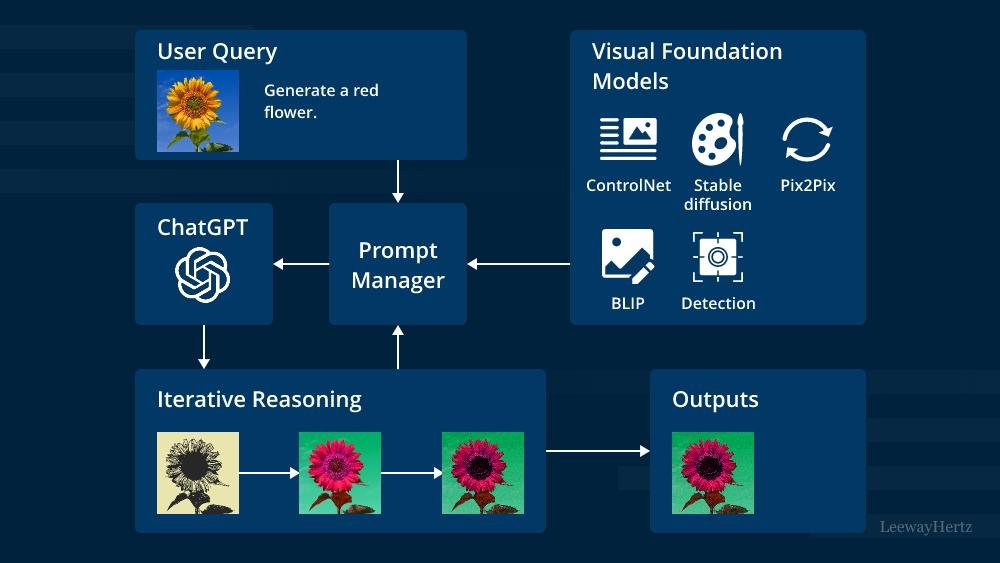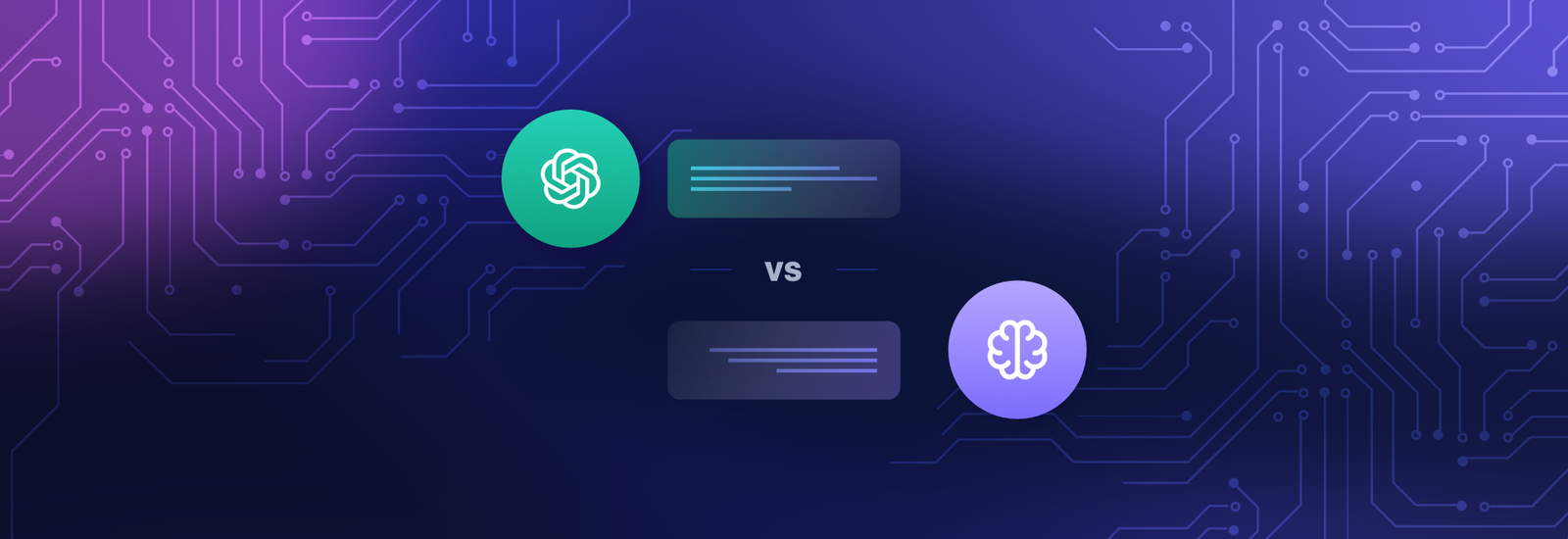


Enhancing User Experiences: Integrating ChatGPT API Into Your App
September 2, 2023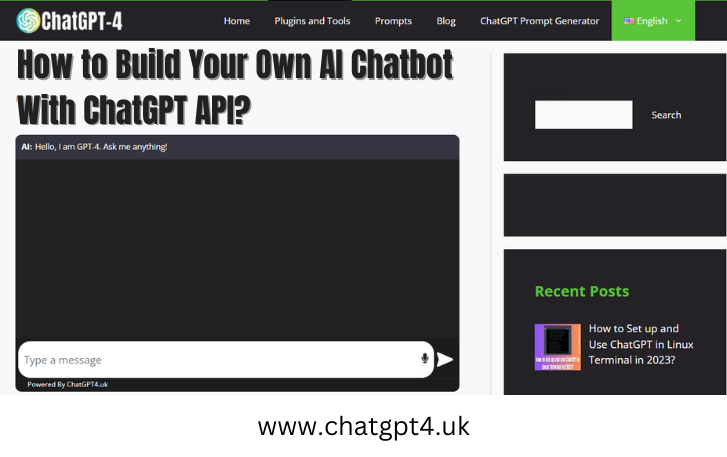


From Ideas To Implementation: Creating Chatbots With ChatGPT API
September 2, 2023In this article, we will explore the intricacies of the ChatGPT API and its role in constructing advanced Conversational AI Solutions. We will embark on a journey to demystify the inner workings of this powerful tool, unveiling the potentials it offers for developers and businesses alike. By delving into the various features and functionalities, we aim to provide a comprehensive understanding of how the ChatGPT API can revolutionize the world of conversational AI. Whether you are a seasoned developer or just entering the realm of AI, this article will equip you with the knowledge to harness the full capabilities of the ChatGPT API and create innovative solutions.
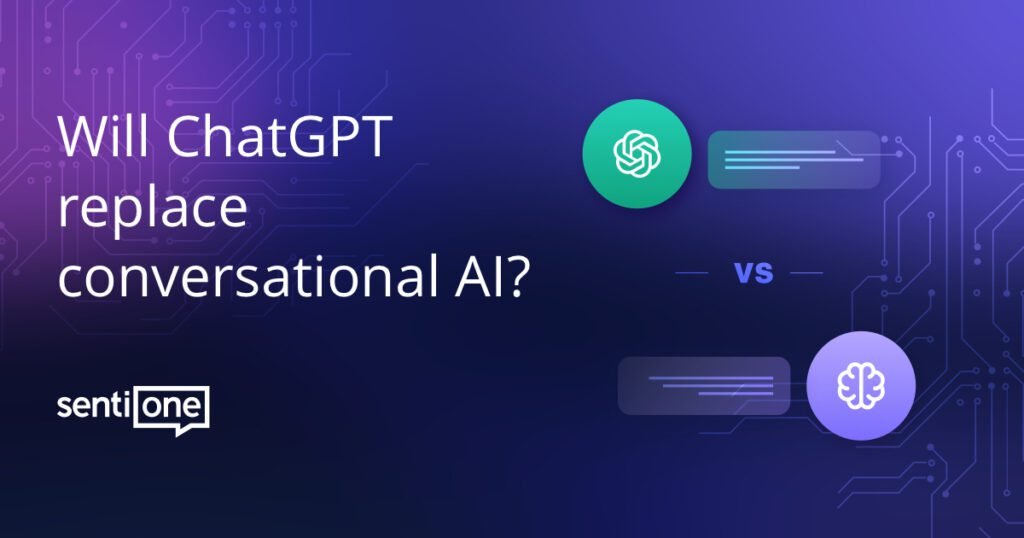

Overview of ChatGPT API
Introduction to ChatGPT API
ChatGPT API is a powerful tool for building conversational AI solutions. It is based on OpenAI’s state-of-the-art language model, ChatGPT, and provides developers with the ability to integrate natural language understanding and generation capabilities into their applications. With the ChatGPT API, developers can create chatbot-like conversational experiences that can understand and respond to user inputs in a human-like manner.
Key features of ChatGPT API
The ChatGPT API offers several key features that make it a valuable tool for building conversational AI solutions. These include:
- Natural Language Understanding: The API has the ability to understand and interpret user inputs in natural language, allowing it to comprehend a wide range of queries and instructions.
- Contextual Conversation Handling: ChatGPT API enables multi-turn conversations, allowing developers to build interactive experiences where the system can maintain context and remember past interactions.
- Customizability: The API provides options for specifying system behavior, enabling developers to define conversation guidelines and implement user-specific behaviors.
- Integration Capabilities: ChatGPT API can be easily integrated with external APIs and services, allowing access to a wide range of data and functionalities.
Benefits of using ChatGPT API
There are several benefits to using ChatGPT API for building conversational AI solutions:
- Reduced Development Time: With ChatGPT API, developers can leverage the power of OpenAI’s pre-trained language model, eliminating the need for building a chatbot from scratch. This significantly reduces development time and effort.
- Improved User Experience: The advanced natural language understanding and generation abilities of ChatGPT API enable more meaningful and relevant interactions with users, resulting in a better user experience.
- Scalability and Performance: ChatGPT API is designed to handle large-scale usage and can scale to meet the demands of high-traffic applications. It also offers performance optimization options for better resource management.
- Continuous Improvement: OpenAI actively maintains and updates the underlying language model, which means that developers can benefit from ongoing improvements and refinements without the need for manual updates.
Use cases for ChatGPT API
ChatGPT API can be used in a variety of use cases across different industries. Some examples include:
- Customer Support: ChatGPT API can be integrated into customer support systems to provide automated assistance, answer frequently asked questions, and guide users through common issues.
- Virtual Assistants: ChatGPT API can power virtual assistants that can help users with tasks such as scheduling appointments, setting reminders, and providing personalized recommendations.
- Content Creation: The API can be used to generate creative and engaging content, such as writing articles, product descriptions, or social media posts.
- Language Translation: ChatGPT API can be leveraged to build language translation services that can accurately translate text between different languages.
These are just a few examples, and the potential use cases for ChatGPT API are vast, limited only by the imagination and creativity of developers.
Getting Started with the ChatGPT API
Setting up an API key
To get started with ChatGPT API, developers need to obtain an API key from OpenAI. This API key is used for authentication and allows access to the API endpoints.
Understanding API endpoints
The ChatGPT API has several distinct endpoints that developers can utilize for different purposes. These include:
- Message Endpoint: This endpoint is used for sending messages and conducting conversations with the model. Developers can pass a list of messages as input and receive the model’s generated responses.
- Completion Endpoint: This endpoint is used for generating individual completions or responses from the model. Unlike the message endpoint, it does not maintain conversation state.
Authentication and security measures
When using ChatGPT API, developers need to ensure proper authentication and security measures to protect user data and prevent unauthorized access. The API key obtained from OpenAI should be securely stored and accessed only through encrypted channels.
API rate limits and pricing
ChatGPT API is subject to rate limits to ensure fair usage and prevent abuse. Developers should familiarize themselves with the specific rate limits and ensure their applications comply with them.
In terms of pricing, ChatGPT API usage comes with associated costs. Developers should consult OpenAI’s pricing information to understand the pricing structure and plan their usage accordingly.
Building Conversational AI Solutions with ChatGPT API
Understanding conversation structure
Conversations in the ChatGPT API are structured as a list of messages. Each message has two properties: ‘role’ and ‘content’. The ‘role’ can be either ‘system’, ‘user’, or ‘assistant’, while the ‘content’ contains the text of the message.
Sending messages to the API
To interact with the model using ChatGPT API, developers need to send a series of messages as input. The conversation typically starts with a ‘system’ message to set the behavior of the assistant, followed by alternating ‘user’ and ‘assistant’ messages.
Handling user instructions and system responses
User instructions should be clear and contain all necessary information for the assistant to understand and provide an appropriate response. Developers can guide the assistant’s behavior by using system-level instructions in their conversation.
Managing conversation state
The ChatGPT API maintains conversation state, allowing developers to build multi-turn conversations. To maintain context between messages, developers should include the entire conversation history in each API call.
Specifying system behavior
Developers have control over the assistant’s behavior through system-level instructions. These instructions can be used to guide the assistant’s tone, provide specific guidelines, or produce desired responses.
Implementing multi-turn conversations
ChatGPT API allows developers to create interactive conversational experiences by implementing multi-turn conversations. Developers can send a series of messages as input to simulate a conversation flow.
Error handling and fallback strategies
In cases where the model’s response is not satisfactory or incorrect, developers can implement suitable error handling and fallback strategies. This can include providing assistance or asking clarifying questions to guide the model towards the desired response.
Enhancing Conversational AI Solutions
Improving response quality through fine-tuning
To further enhance response quality and align the model’s behavior with specific use cases, developers can leverage fine-tuning techniques. Fine-tuning involves training the base language model on custom data to make it more domain-specific.
Handling sensitive information
When using ChatGPT API, developers need to be mindful of handling sensitive or personal information provided by users. It is essential to implement appropriate safeguards and data protection measures to ensure user privacy.
Filtering and moderation
To prevent the generation of inappropriate or harmful content, developers should implement content filtering and moderation mechanisms. This can involve using a combination of pre-defined filters, manual moderation, and user flagging systems.
Implementing user-specific behaviors
ChatGPT API can be customized to exhibit user-specific behaviors by incorporating user-specific instructions and preferences. This enables a more personalized and tailored conversational experience.
Integrating external APIs and services
To extend the capabilities of ChatGPT API, developers can integrate external APIs and services. This can include accessing external databases, retrieving real-time information, or performing complex computations.
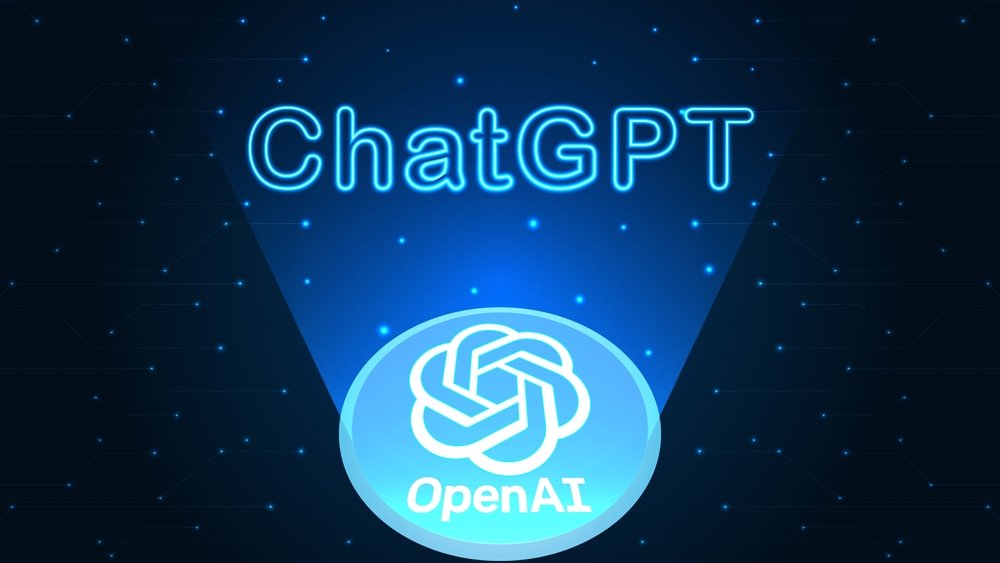

Best Practices for ChatGPT API
Defining conversation guidelines
Before deploying a conversational AI solution with ChatGPT API, it is crucial to define clear conversation guidelines. These guidelines should outline appropriate user interactions, desired system behavior, and set expectations for both users and developers.
Setting appropriate user expectations
To ensure a positive user experience, it is essential to set appropriate expectations. Users should be made aware that they are interacting with an AI model and understand the limitations of the system.
Avoiding biases and controversial responses
Developers should be mindful of potential biases and controversial responses generated by ChatGPT API. Careful monitoring and testing should be done to identify and address any biases or inappropriate behavior.
Iterative development and testing
Developing conversational AI solutions with ChatGPT API should follow an iterative development approach. Regular testing and feedback loops allow for continuous improvement and refinement of the system’s behavior.
Monitoring and analyzing API usage
Monitoring and analyzing ChatGPT API usage can provide valuable insights into the system’s performance, user interactions, and areas for improvement. Developers should track key metrics and analyze usage patterns to inform future enhancements.
Handling user feedback
User feedback is a valuable resource for improving the quality and performance of conversational AI solutions. Actively seeking and incorporating user feedback helps address any shortcomings and deliver a more satisfying user experience.
Troubleshooting and Support
Common issues and error messages
In the development process, developers may encounter common issues or error messages when working with ChatGPT API. OpenAI provides documentation and support resources that can help address these issues and find solutions.
Debugging strategies
When troubleshooting issues, developers can employ various debugging strategies to identify and resolve problems. This may involve examining input-output pairs, verifying message formatting, or isolating specific instructions causing unexpected behavior.
Getting help and support
OpenAI offers comprehensive support for developers using ChatGPT API. This includes documentation, community forums, and developer support channels where developers can seek assistance and get help with any challenges they encounter.
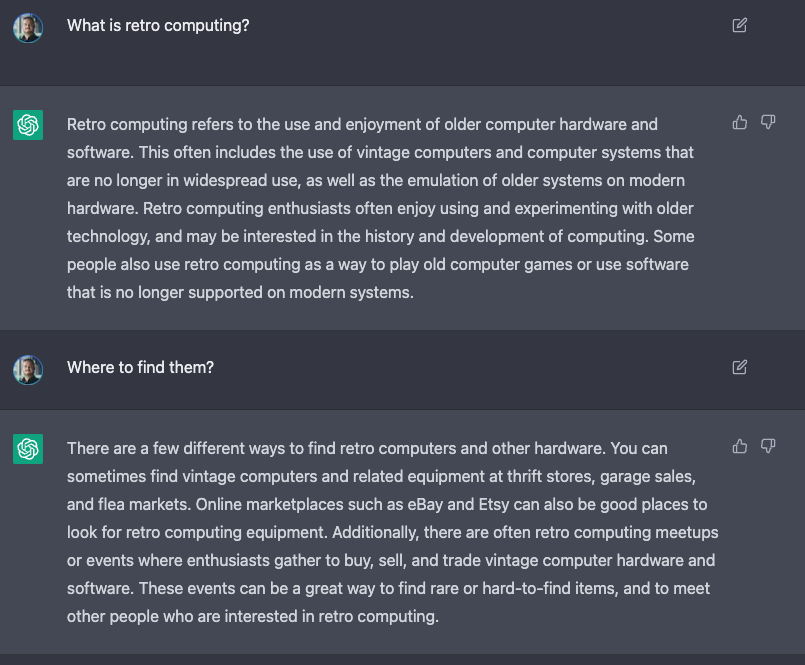

Security and Privacy Considerations
Protecting user data
Developers using ChatGPT API should prioritize user data protection. Measures should be implemented to secure the API key, encrypt data transmission, and adhere to industry-standard security practices to safeguard user information.
Understanding data storage and retention policies
Developers should be aware of OpenAI’s data storage and retention policies when using ChatGPT API. Understanding how long data is retained and what happens to user data is essential for compliance and transparency.
Encryption and data transmission
To maintain data privacy and security, all communications with the API should be encrypted using industry-standard encryption protocols. This ensures that data is protected during transmission.
Compliance with privacy regulations
Developers should ensure their use of ChatGPT API complies with relevant privacy regulations, such as the General Data Protection Regulation (GDPR). This includes obtaining proper user consent and implementing necessary measures to protect personal data.
Scaling and Deployment
Optimizing performance for large-scale usage
For applications that require large-scale usage, developers should optimize the performance of ChatGPT API. Techniques such as load balancing, caching, and parallel processing can help ensure efficient utilization of system resources.
Load balancing and resource management
To handle high traffic and accommodate a large number of users, load balancing techniques can be employed. Load balancers distribute incoming API requests across multiple server instances, ensuring optimal resource allocation.
High availability and fault tolerance
For mission-critical applications, high availability and fault tolerance are crucial. Developers should design the system architecture in a way that ensures continuous operation even in the event of server failures or disruptions.
Deploying ChatGPT API in different environments
ChatGPT API can be deployed in different environments, depending on the specific requirements of the application. This can include cloud-based deployments, on-premises installations, or Dockerized deployments for containerization.
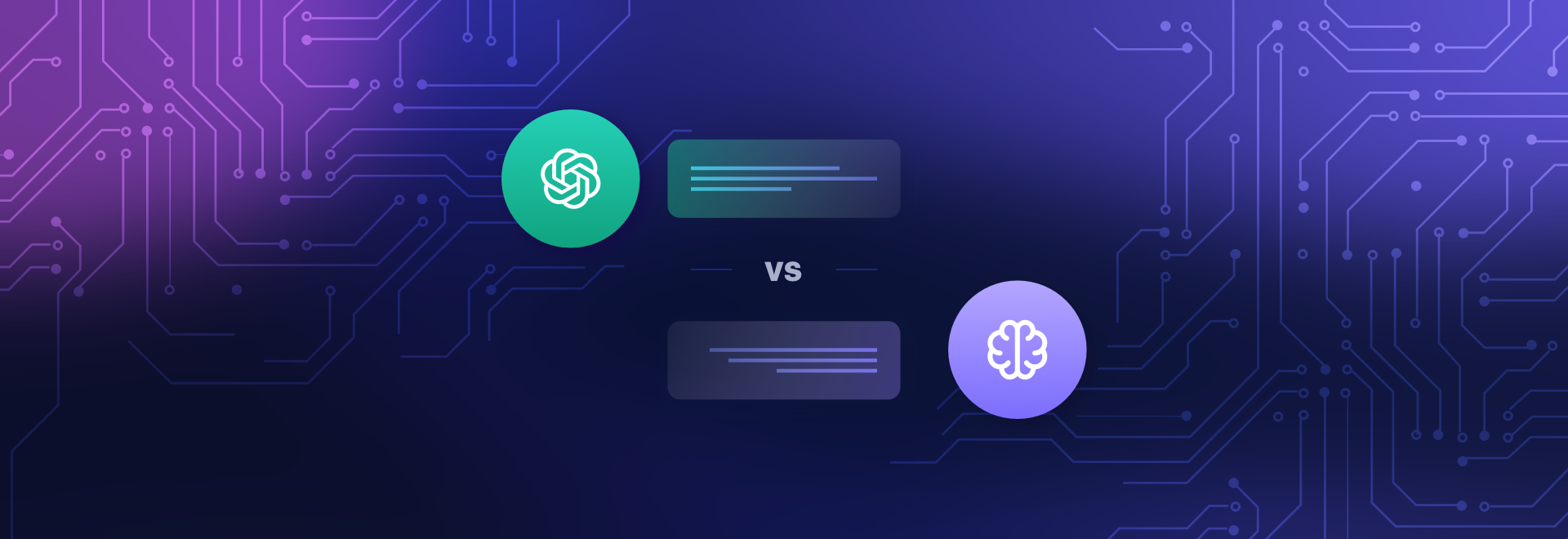

Comparing ChatGPT API with Other Conversational AI Solutions
Contrasting ChatGPT API with rule-based chatbots
Compared to traditional rule-based chatbots, ChatGPT API offers more flexibility and natural language understanding. Rule-based chatbots rely on predefined rules and patterns, while ChatGPT API leverages advanced language models to generate responses based on context and understanding.
Comparison with other language models
ChatGPT API stands out among other language models due to its conversational abilities and interactive nature. Unlike many static language models, ChatGPT API can handle dynamic conversations and maintain context, providing a more engaging and dynamic experience.
Discussion on the limitations and strengths
While ChatGPT API offers powerful capabilities for conversational AI, it also has certain limitations. It may sometimes generate incorrect or nonsensical responses, and it may struggle with understanding complex or ambiguous queries. Developers should be aware of these limitations and design their applications accordingly.
That being said, ChatGPT API’s strengths lie in its ability to generate human-like responses, its flexibility for customization, and its support for multi-turn conversations. These strengths make it a valuable tool for building conversational AI solutions.
Future Developments and Roadmap
Upcoming features and improvements
OpenAI is continuously working on improving ChatGPT API and has plans for introducing new features and enhancements. These may include better response quality, improved understanding of nuanced queries, more customization options, and refined fine-tuning capabilities.
Community contributions and open-source initiatives
OpenAI encourages community contributions and has been actively supporting open-source initiatives around ChatGPT API. This allows developers to collaborate, share best practices, and contribute to the overall advancement of conversational AI technology.
Research advancements and refinements
As a research-driven organization, OpenAI is committed to advancing the field of conversational AI. Ongoing research advancements and refinements to the underlying language model ensure that ChatGPT API remains at the forefront of innovation in natural language processing.
In conclusion, ChatGPT API offers a powerful and versatile platform for building conversational AI solutions. Its advanced language understanding and generation capabilities, coupled with customization options and integration capabilities, make it an ideal choice for developers looking to create interactive and engaging conversational experiences. By following best practices, prioritizing security and privacy, and leveraging the strengths of ChatGPT API, developers can unlock the full potential of conversational AI and deliver exceptional user experiences.
